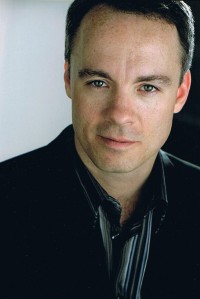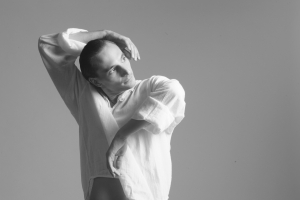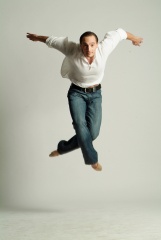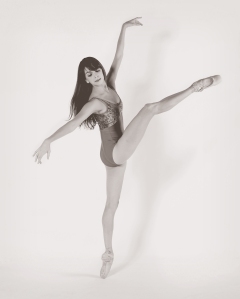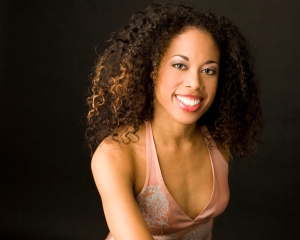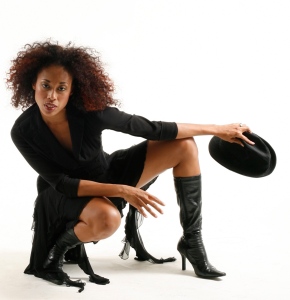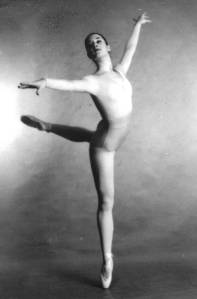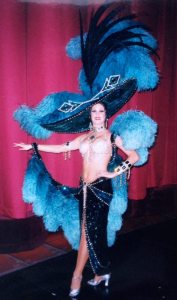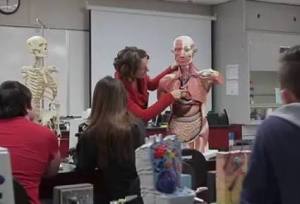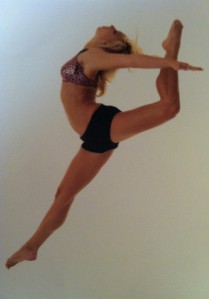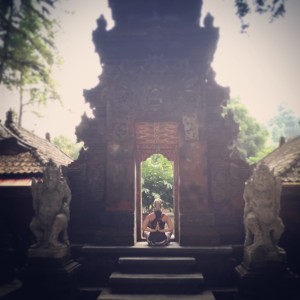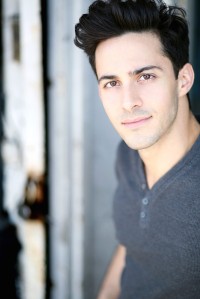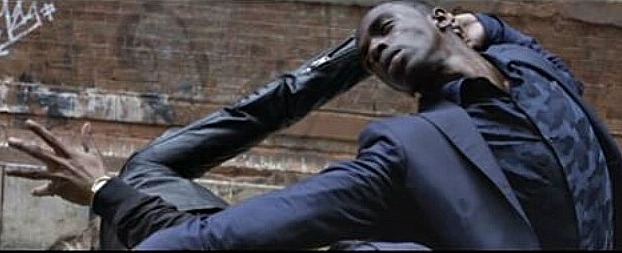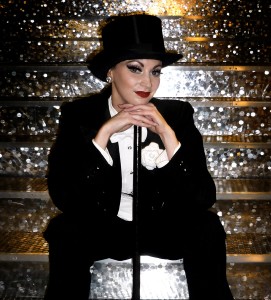By Marc Kessler, CTFD dancer-client, Caroline H. Newhouse grant recipient, Sono Osato Scholarship for Graduate Studies recipient
When I was a junior in high school, I auditioned for a school production of 42nd Street and fell in love with tap dancing. I loved the rhythm, the patterns, and the paradox of feeling grounded but also light on my feet. I found myself tapping at the grocery store while shopping with my mom. I had been bitten by the bug and I couldn’t get enough. I studied tap, ballet, jazz, and modern dance as a musical theatre major at the University of Michigan but tap was always my favorite way to express myself as a dancer.
When I started learning to tap dance in high school, never could I have dreamt of the opportunities it would afford me. I toured the country tapping in Broadway musicals such as Anything Goes and 42nd Street. I toured the world tapping with Tommy Tune and the Manhattan Rhythm Kings. I have tap danced at Carnegie Hall, Radio City Music Hall, off-Broadway, and as an elf on Broadway. I have tap danced for three different presidents and sang n a feature film directed by Martin Scorsese and starring Leonardo DiCaprio.
My fellow performers often asked me why I transitioned out of a successful dancing career to teach math to middle school students. Part of the reason I turned to teaching was because I knew I would be good at it. My side jobs as a dancer/actor usually included some form of teaching and I honestly enjoyed connecting with the kids. Another reason for my shift in careers was that my wife and I knew we would be starting a family. Since my wife is a successful stage director (we met doing a show together), it made sense for me to pursue a more stable career outside of show business. And now, I am happy to say that I am loving my new roles as father of three small children and math teacher of two-hundred fifty 7th and 8th graders.
But why teach math? Why not teach dance or drama? I have always been good with numbers and my creative background has served me well bringing math to life for my students. By putting on a show in the classroom, I am able to get my students excited about factoring polynomials and graphing exponential functions.
I always suspected I would enjoy challenging my students and encouraging them to grow. What has surprised me in my new career though is the thrill I get from using technology in the classroom. Effectively using technology allows me to engage my students and assess their understanding more efficiently. I have found creative websites that allow students to work at their own pace. Recently, my students enthusiastically presented their “math in the real world” projects using video and power point technology. Who says math isn’t creative?!
And with these ideas in mind, I am pursuing a graduate degree in technology education. This particular program I am enrolled in at New Jersey City University emphasizes a theatrical approach to utilizing technology in the classroom. Their belief is that students become more engaged in the learning process when they are allowed to express their understanding in creative ways through technology. With my background in the performing arts combined with my propensity for numbers, I feel I can offer a unique and refreshing approach to the traditional math classroom. Therefore, I would like to combine my background with my discoveries in graduate school to create a program that trains math teachers to bring a theatrical and creative approach to their curriculum through the use of engaging and effective technology.

